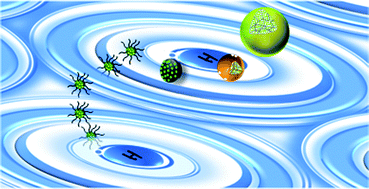Hydrogen in magnesium: new perspectives toward functional stores
Abstract
Storing hydrogen in materials is based on the observation that metals can reversibly absorb hydrogen. However, the practical application of such a finding is found to be rather challenging especially for vehicular applications. The ideal material should reversibly store a significant amount of hydrogen under moderate conditions of pressures and temperatures. To date, such a material does not exist, and the high expectations of achieving the scientific discovery of a suitable material simultaneously with engineering innovations are out of reach. Of course, major breakthroughs have been achieved in the field, but the most promising materials still bind hydrogen too strongly and often suffer from poor hydrogen kinetics and/or lack of reversibility. Clearly, new approaches have to be explored, and the knowledge gained with


 Please wait while we load your content...
Please wait while we load your content...